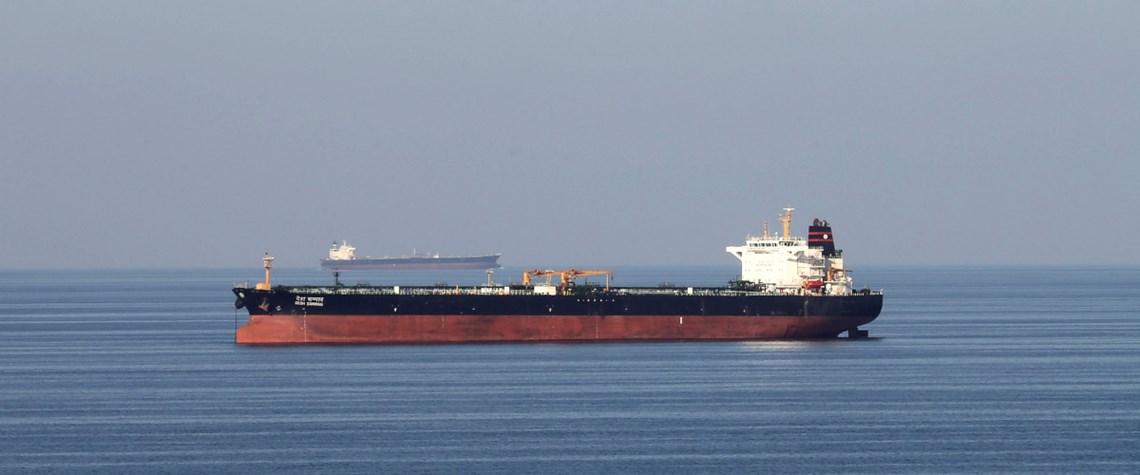Hormuz threats lose their sting
As Gulf states progress bypass projects, time runs down on Iran’s sabre-rattling
The Strait of Hormuz is the world’s key oil chokepoint, with more than 20pc of global crude demand passing through the waterway each day. Repeated threats by Iran over the past decade to close its shipping lanes have thus proven headline-grabbing. Should it risk doing so, the likely result would be a material spike in oil prices as Mid-East Gulf supply was constrained. The logical next step would be swift intervention, almost certainly of a military nature, to remove any blockage if possible. While the threat has somewhat subsided over the last few years, last month Iran’s deputy commander of political affairs, General Yadollah Javani, warned that, if there was a need to close the strait, Ir

Also in this section
8 December 2025
The Caribbean country’s role in the global oil market is significantly diminished, but disruptions caused by outright conflict would still have implications for US Gulf Coast refineries
5 December 2025
Mistaken assumptions around an oil bull run that never happened are a warning over the talk of a supply glut
4 December 2025
Time is running out for Lukoil and Rosneft to divest international assets that will be mostly rendered useless to them when the US sanctions deadline arrives in mid-December
3 December 2025
Aramco’s pursuit of $30b in US gas partnerships marks a strategic pivot. The US gains capital and certainty; Saudi Arabia gains access, flexibility and a new export future







